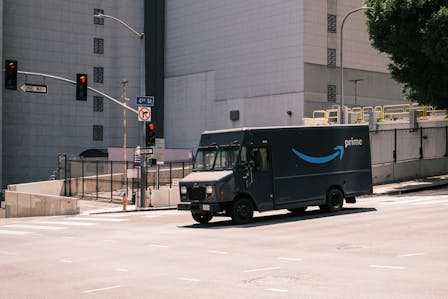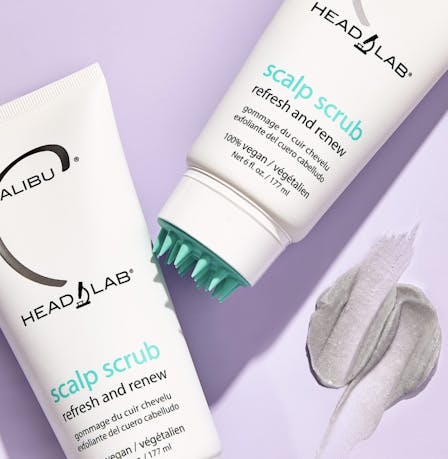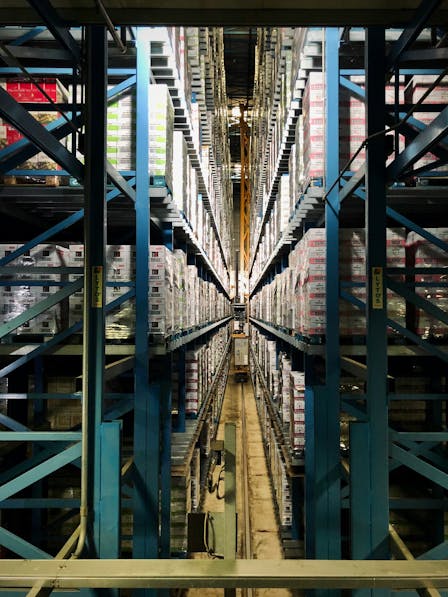What Is Amazon 1P Management, and Why Does It Matter in 2025?
First-party selling on Amazon, often simply referred to as 1P management, often feels like a relic of an earlier era. With the rapid rise of 3P sellers, DTC brands, and connected commerce strategies, it’s easy to write off 1P as outdated. But in 2025, some of the world’s biggest brands still rely on 1P to power their Amazon presence.
Why? Because for certain businesses, it works. For others, it can erode brand control, compress margins, and lock you into a system that favors Amazon above all else. However, despite these apparent setbacks, 1P for enterprise businesses, especially those with a presence in multiple marketplaces, is an extra revenue lever that enables holistic growth without the investment of 3P.

What Does 1P Mean on Amazon?
Let’s start with the basics.
In a 1P setup, you operate as a vendor. You sell your products wholesale to Amazon. Amazon becomes the retailer and resells your products to customers on its own terms. It’s no different than selling to Target or Walmart.
Amazon sets the pricing. Amazon controls the promotions. Amazon decides what inventory to stock and how it shows up on-site.
For some brands, this arrangement is perfectly fine, especially if they already operate through wholesale channels. But for others, 1P introduces a long list of challenges that often go ignored until it’s too late.

The 1P Tradeoffs
The number one tradeoff in 1P? Control.
Pricing
In 1P, you don't own your pricing. Amazon does. And they’ll match pricing across other retailers automatically.
Let’s say Target discounts your product. Walmart follows. Amazon scrapes both and drops the price. In a 3P model, that may result in your margins collapsing. In 1P, Amazon matches it automatically.
Promotions
Promotions in 1P are often reactive, algorithmic, or owned entirely by Amazon Retail. You don’t get to choose how or when your brand gets promoted, but with enterprises who don’t want the headache of managing this process, 1P promotions are a great way to automate your sales.
Assortment & Buy Box
You don’t decide what SKUs are carried, which bundles show up, or what the Buy Box strategy looks like. If resellers win the Buy Box, Amazon won’t always fight for you because you’re not their only priority.
Inventory Ownership
Perhaps the biggest distinction: Amazon owns the inventory. That means they get to make inventory decisions. Unless you’re in a bespoke, high-touch relationship with Amazon Retail, 1P can feel, by design, hands-off. This is great for large businesses with multiple revenue streams across the ecommerce ecosystem.

When 1P Makes Sense: Scale & Simplicity
For companies with established infrastructure and wholesale-first business models, it can make perfect sense.
Take Cerve, for example. A massive brand with strong retail distribution across Walmart, Target, and Costco. Their systems are built for wholesale. Selling to Amazon as a retailer is simply an extension of what they’re already doing.
Their average selling price is healthy. Their revenue through 1P is in the tens of millions. And critically they’ve protected some products from pricing risk by offering bundles in 3P, keeping them off Amazon Retail’s radar.
This kind of hybrid model works for brands that know how to play the game.

The Hybrid Future: What Smart Brands Are Doing
More and more brands are shifting toward hybrid Amazon models, blending the reach of 1P with the control of 3P.
Here’s how it works:
- Core SKUs live in 1P, where volume and velocity are prioritized.
- Select SKUs; new launches, bundles, seasonal items go 3P, giving brands more flexibility over pricing and availability.
- The 3P channel acts as a pressure valve, allowing brands to test and scale without risking their entire catalog.
This hybrid approach doesn’t come without friction. Amazon doesn’t always make transitioning out of 1P easy. But for brands that want to regain pricing power and brand positioning, it’s worth the effort.

Final Take: In 2025, 1P Isn’t a Strategy. It’s a Setup.
If your brand is in 1P in 2025, it shouldn’t be because that’s “how it’s always been.”
It should be a conscious choice based on your infrastructure, product strategy, and margin model.
Yes, 1P can work well, but a hybrid approach could be the best of both worlds: bundled and large-volume SKUs move seamlessly through 1P while new product launches and higher-quality SKUs leverage 3P.
Need help evaluating your Amazon model or exploring a hybrid strategy?
Front Row helps brands navigate the complex realities of 1P, 3P, and everything in between.
Let’s talk.
